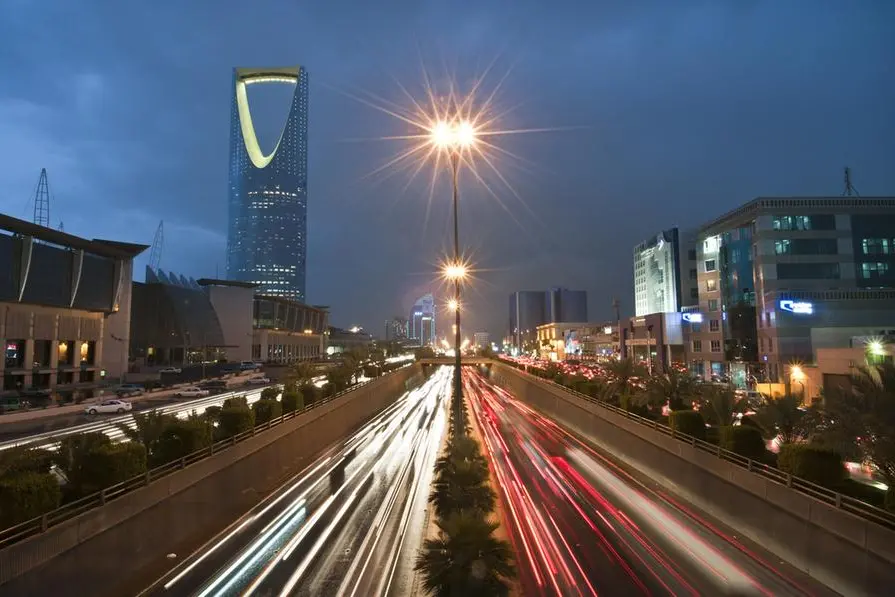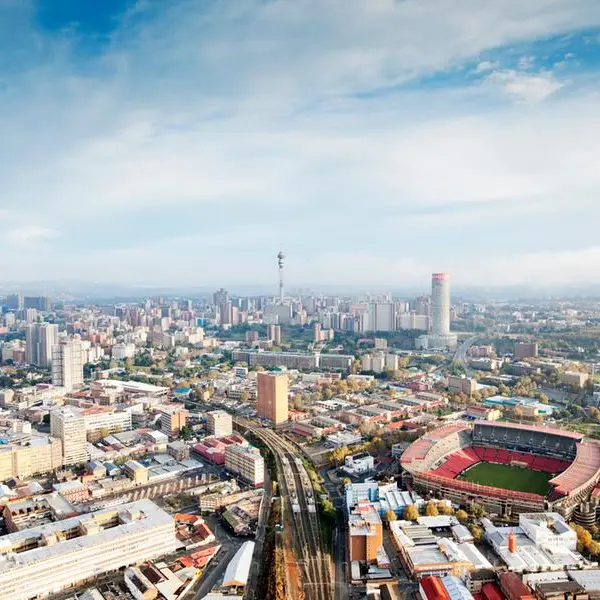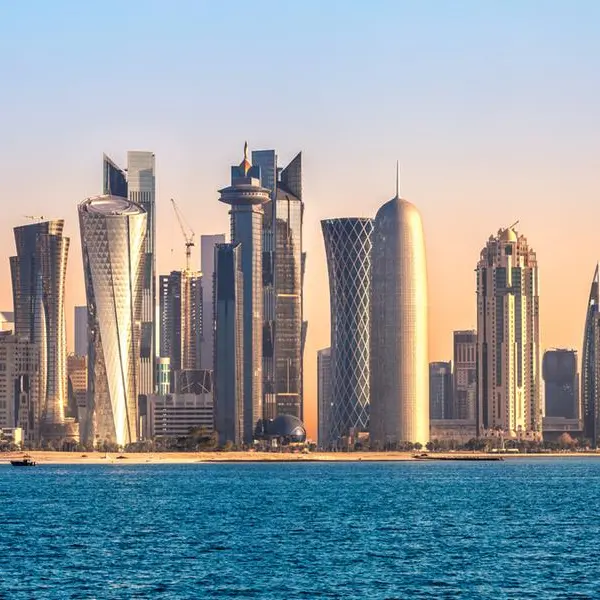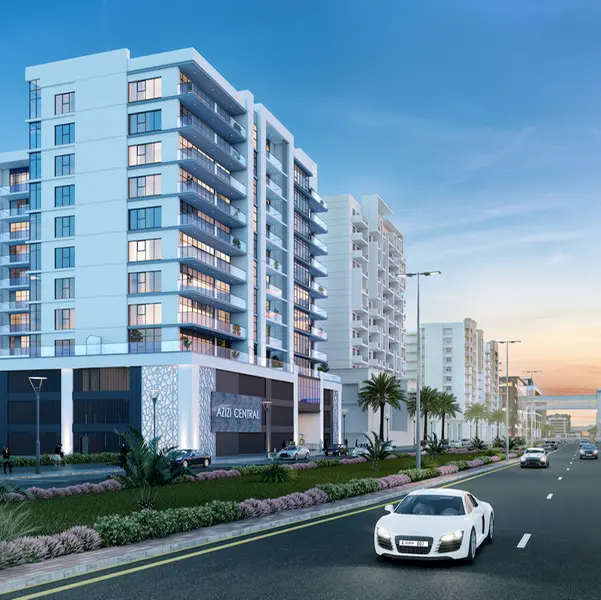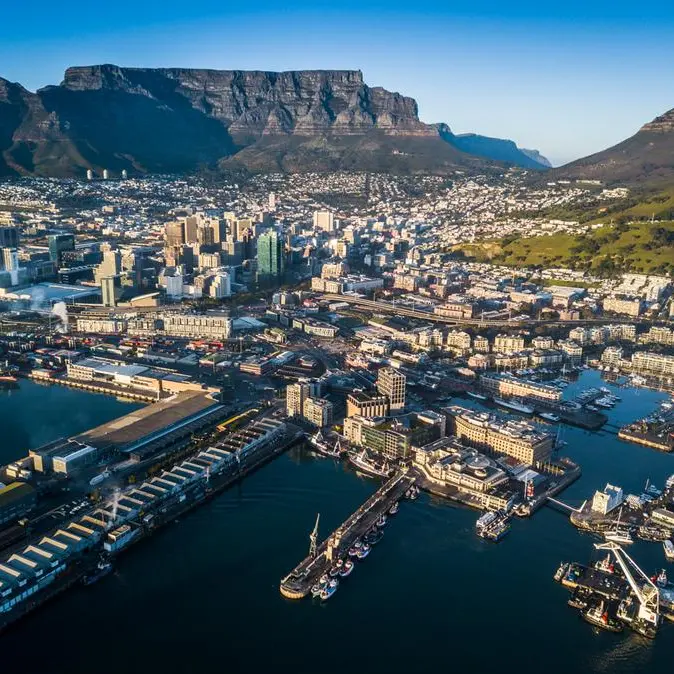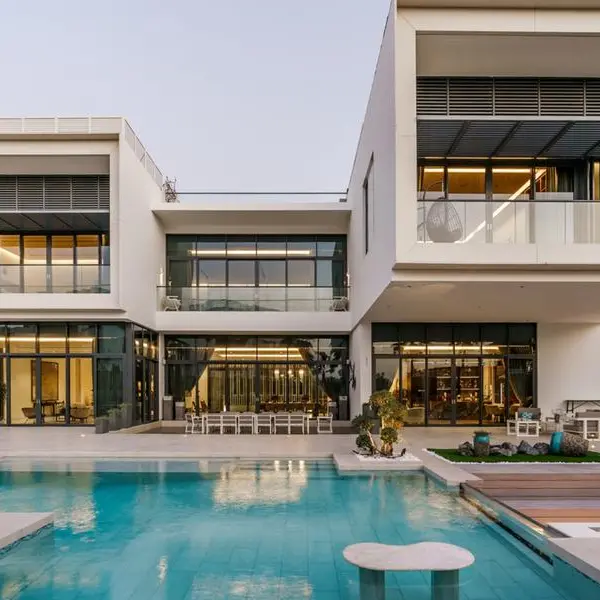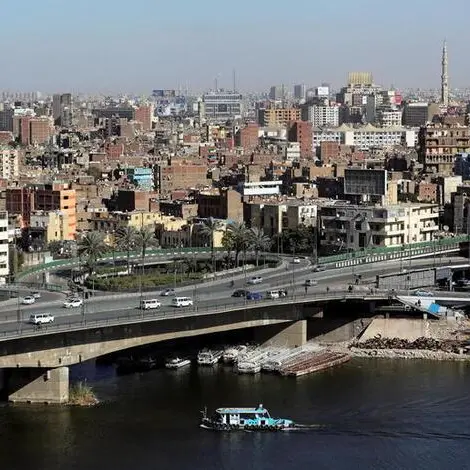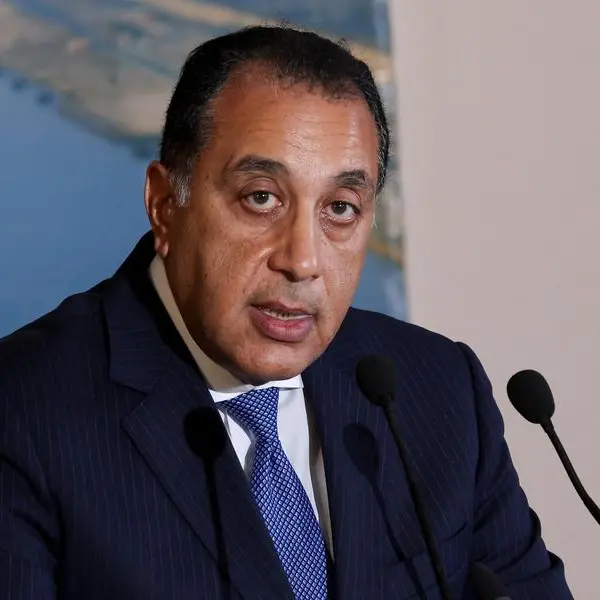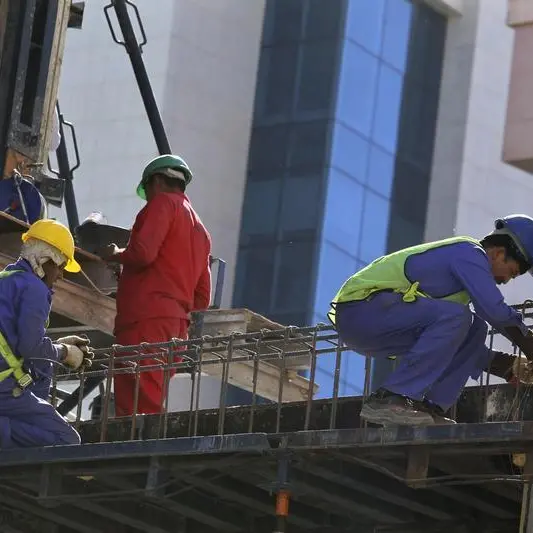PHOTO
Vehicle light trails on King Fahad Road in Riyadh, Saudi Arabia. Getty Images Image used for illustrative purpose.
Demand for office space in Saudi Arabia, particularly Riyadh, has surged as more and more investors from abroad are setting up businesses in the kingdom, according to a new analysis by Knight Frank.
The Gulf state, which had launched an ambitious plan six years ago to transform its economy, recorded a 358 percent jump in the number of international business licenses last year, indicating growing foreign interest in Saudi as an investment destination. Most of the foreign companies that want to do business in Saudi are looking at Riyadh as their base.
“Businesses from the world over continue to clamour for a piece of the unfolding economic transformation in Saudi Arabia,” said Faisal Durrani, Partner – Head of Middle East Research at Knight Frank.
With the rise in demand, occupancy levels across Riyadh’s prime office buildings have climbed to 96 percent, the highest in at least five years, according to Knight Frank. At the same time, office rents have also gone up by as much as 6.5 percent in the last 12 months to reach 1,560 riyals ($415.8) per square metre.
Demand in other areas
Outside the Saudi capital, other cities are also experiencing an increase in demand for office space, driven by businesses that are returning to the workplace on a full-time basis and higher economic activity due to rising oil prices.
In Jeddah, demand has picked up, although at a slower pace compared to Riyadh. As a result, rents have increased by 2.5 percent during the first quarter, although Grade B rents dipped by 0.5 percent over the same period.
In Saudi’s Dammam Metropolitan Area (DMA), one of the kingdom’s most populous cities, the recent rebound in oil prices is helping boost economic activity and employment levels.
“The resultant impact is a rise in office demand, with a focus on Grade A space,” Knight Frank said.
As more companies look for office space in Dammam, rents have likewise gone up, with Grade A rents rising by 2 percent to 920 riyals per square metre. Elsewhere, Grade B lease rates dipped by 2.8 percent to 575 per square metre, as tenants tend to prefer newer and modern buildings over secondary, older spaces.
However, vacancy rates are also creeping up in the area, with prime spaces recording a one percentage point rise in vacancy to 74 percent in the first quarter.
Saudi Arabia has been undertaking numerous projects since it launched Vision 2030, an ambitious plan that seeks to radically transform the kingdom and move the economy’s dependence away from oil revenues. One of its high-profile flagship projects currently being built is Neom, an upcoming destination bigger than Dubai, complete with an airport, port, residential communities and resorts.
(Reporting by Cleofe Maceda; editing by Seban Scaria)
